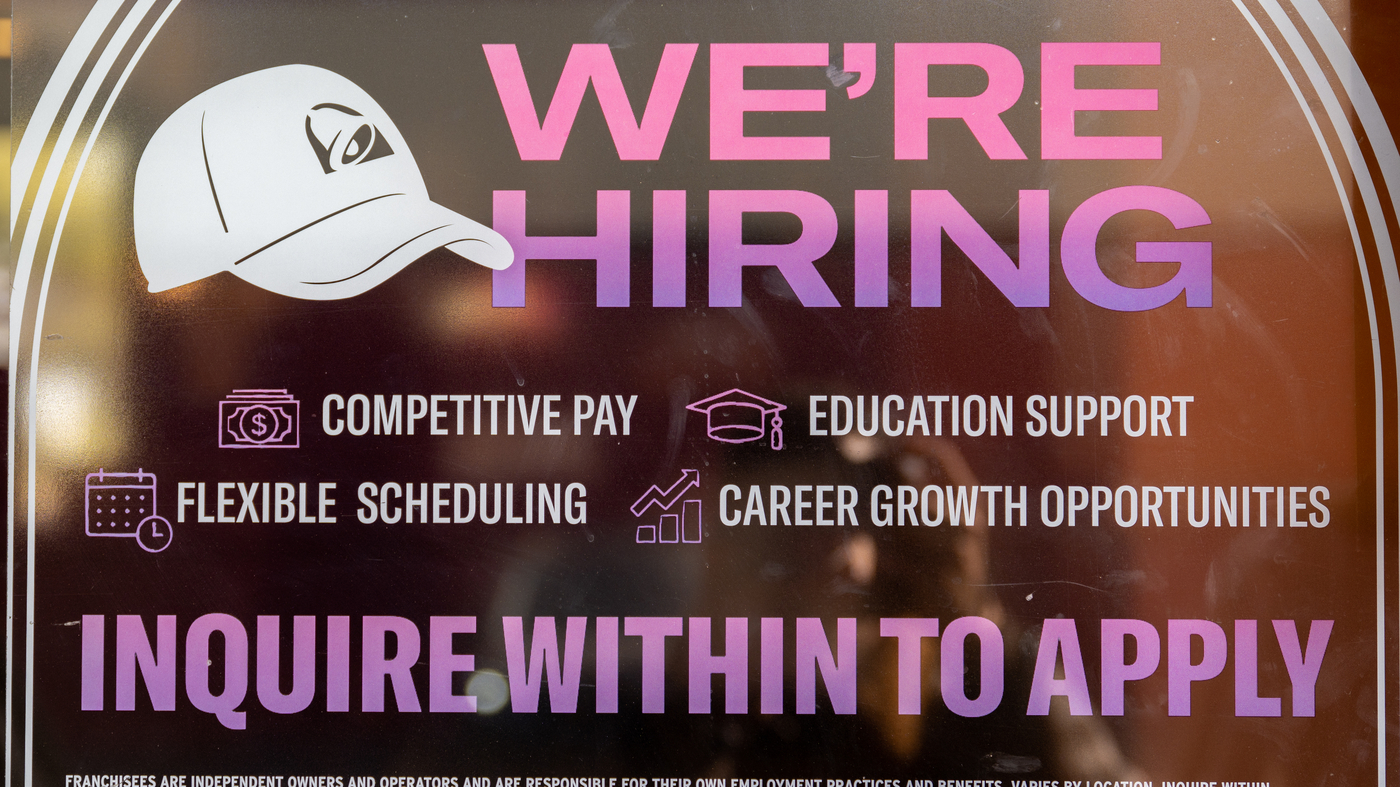
In March the US economy added just 236,000 jobs
The Labor Market Unveils in the First Three Months After Inflation: The Latest Job Cuts, Job Openings, and Jobless Claims
But that once high-octane ride is showing some signs of wear and tear amid the Federal Reserve’s yearlong efforts to cool inflation by suppressing demand.
There still remains uncertainty about the extent to which those and other layoffs may ripple through the broader labor market. And that uncertainty has only grown in recent weeks as a result of the turmoil in the banking industry.
Sarah House, senior economist at Wells Fargo, said that some softened labor market is necessary given how vexing inflation has been over the past two years.
Just how much of a shift there is could become even clearer on Friday when the Bureau of Labor Statistics drops the heavily anticipated jobs report for March.
According to Refinitiv, economists expect job gains to slow with the consensus estimates at 239,000. That would be a notable reduction from February’s 311,000 jobs gained and a sizable drop from the monster 504,000 net gain in January.
The latest read on labor turnover shows that the number of job openings in the United States fell for the first time in more than a year and a half. The number of available jobs fell to 9.93 million in February, according to the BLS’ Job Openings and Labor Turnover Survey.
Online job postings show a similar, if not more elevated retreat in recent weeks. The data from the Indeed Hiring Lab shows that both overall and new postings are down from last month.
The share of postings pertaining to benefits such as health insurance, paid time off or retirement plans has stopped, Nick Bunker, head of economic research at Indeed, told CNN.
Nela Richardson said that employers are pulling back from a year of strong hiring and pay growth is inching down.
The March job cuts bring the first three months’ total to 270,416, making it the seventh-highest first-quarter job cut announcement during the past 35 years.
Also on Thursday, the latest weekly jobless claims data showed that continuing claims, which are filed by people who have received unemployment benefits for more than one week, continued its upward march to 1.823 million for the week ended March 25, marking the highest level since December 2021. The Refinitiv forecast was for 1.699 million.
The industries that led job gains were leisure,hospitality, health care and government. Industries reporting monthly losses included retail trade, temporary help, manufacturing, construction and information services.
Are There Red Flags in the Labor Market? An Analysis of Glassdoor’s March 3rd Economic Job Report and the Conference Board’s Study
Daniel Zhao of Glassdoor tells CNN that it does not necessarily need another bank to fail in order for an impact to be seen. We may see the impact on the labor market from the banking troubles that started in March if banks pull back on lending.
Some potential red flags could include: If the headline jobs number falls between zero and 200,000, and if the unemployment rate jumps by 0.2 percentage points or more.
We had already seen a 0.2 percentage point increase and now that looks like it could be the start of a recession. He said the unemployment rate was from January to February. “So if we see another one, that does start to add up.”
Economists, by and large, are still factoring in a recession later this year. And even though it’s most likely to be “short and shallow,” the recession will affect some industries more than others, according to new research from the Conference Board.
The business membership group launched a new index estimating which industries could suffer the biggest losses during a recession.
The highest-risk industries are information services, transportation and warehousing, and construction.
Employment in these industries went up as telework and e-commerce boomed. However, that environment has shifted as people have returned to work and shifted spending to service-oriented industries. Additionally, high interest rates have made borrowing more costly and weakened industries such as housing.
Source: https://www.cnn.com/2023/04/06/economy/march-jobs-report-preview/index.html
The Labor Market and Employment Outlook in March: Why the Fed is Hitting, Not Measuring, And What Do We Expect to See in May?
Friday’s jobs report is the last monthly employment snapshot before the Fed’s next policymaking meeting in May, which will be released May 5.
And while the March report will likely show a continued slowing in the labor market — notably wage gains and job growth — it probably won’t dissuade the Fed from approving a third-straight quarter-point rate hike in May, Oxford Economics lead US economist Nancy Vanden Houten wrote in a note Tuesday.
Oxford Economics expects quarter-point rate hikes at the Fed’s May and June meetings, noting the latter projected hike is more up in the air due to banking sector stress.
Employers added 236,000 jobs in March, according to a report from the Labor Department Friday. That’s down from 326,000 jobs that were added the month before.
While the US labor market has kept trucking along despite other areas of the economy slowing under the weight of interest rate hikes, it is showing some signs of cooling.
House thinks that a softer labor market is welcome from the Fed’s perspective. They do not want the labor market to quickly freeze up and then start to lose jobs. They would like to see hiring slow down, more workers come back into the labor market, and reduce inflationary pressure.
Contributing to the tightness has been a smaller-than-expected labor force and participation rates that were slow to match projections or meet pre-pandemic levels.
During the past two and half years, a lot of ink has been spilled on the question of why workers were “missing,” with recent research zeroing in on Covid-19 deaths, reduced immigration, aging population and long Covid as the primary culprits.
In February, the labor force participation rate for workers between the ages of 25 and 54 hit 83.2%, surpassing pre-pandemic levels. The overall labor force participation rate continued to rise, increasing to 62.6% last month, matching the high set during the Pandemic Era. That’s still below the February 2020 rate of 63.3%.
Average hourly earnings grew 0.3% from the month before, a slight uptick from the 0.2% seen in February. For the month of June, earnings rose by 4.6%, however they moderated to 4% on an annual basis.
The unemployment rate dropped in March despite the fact that more than 480,000 people joined the workforce. The unemployment rate for black people was 5% in 1972 when the figure began being tracked by the government.
Leisure and hospitality was once again a top growing sector in March, with 72,000 new jobs, including 50,000 in bars and restaurants. The retailers lost 15,000 jobs. Construction companies and factories also saw modest declines in employment.
Why the Fed is Hiring? The Case of the Super-Reserved Banks and the High-Cost Derivative Boundary Problem
The Federal Reserve has been raising interest rates aggressively in an effort to curb inflation. The rising price of services is something that the Fed is worried about.
Hiring is expected to slow further in the coming months, as banks become more cautious about extending credit in the wake of two big bank failures last month.

